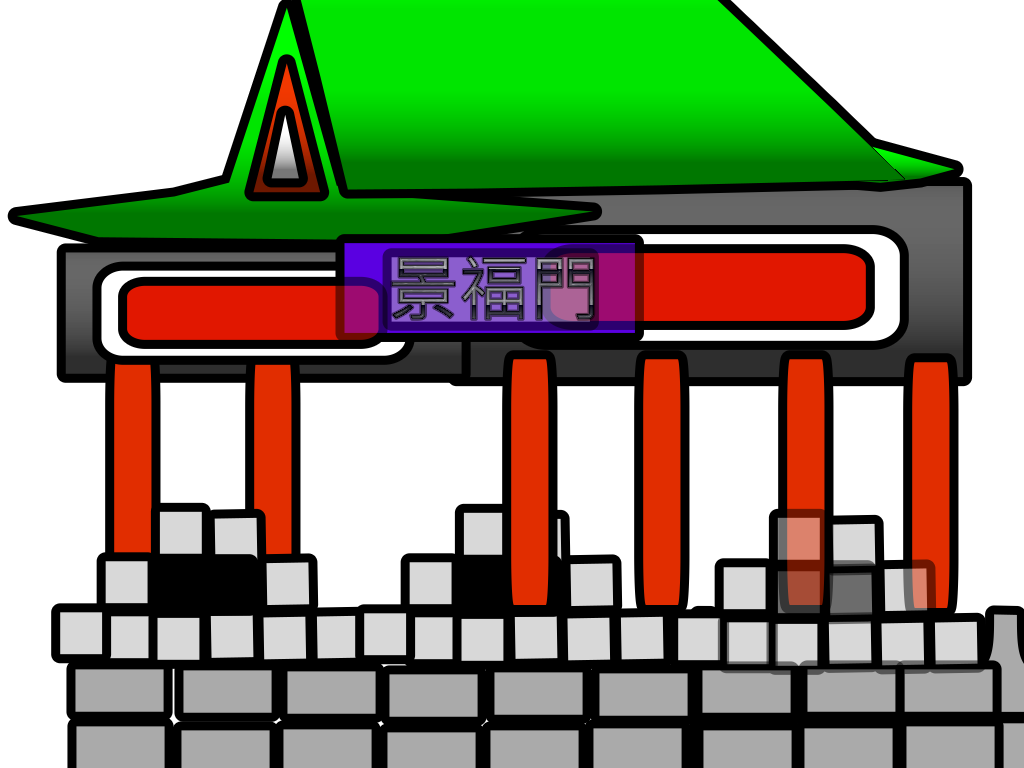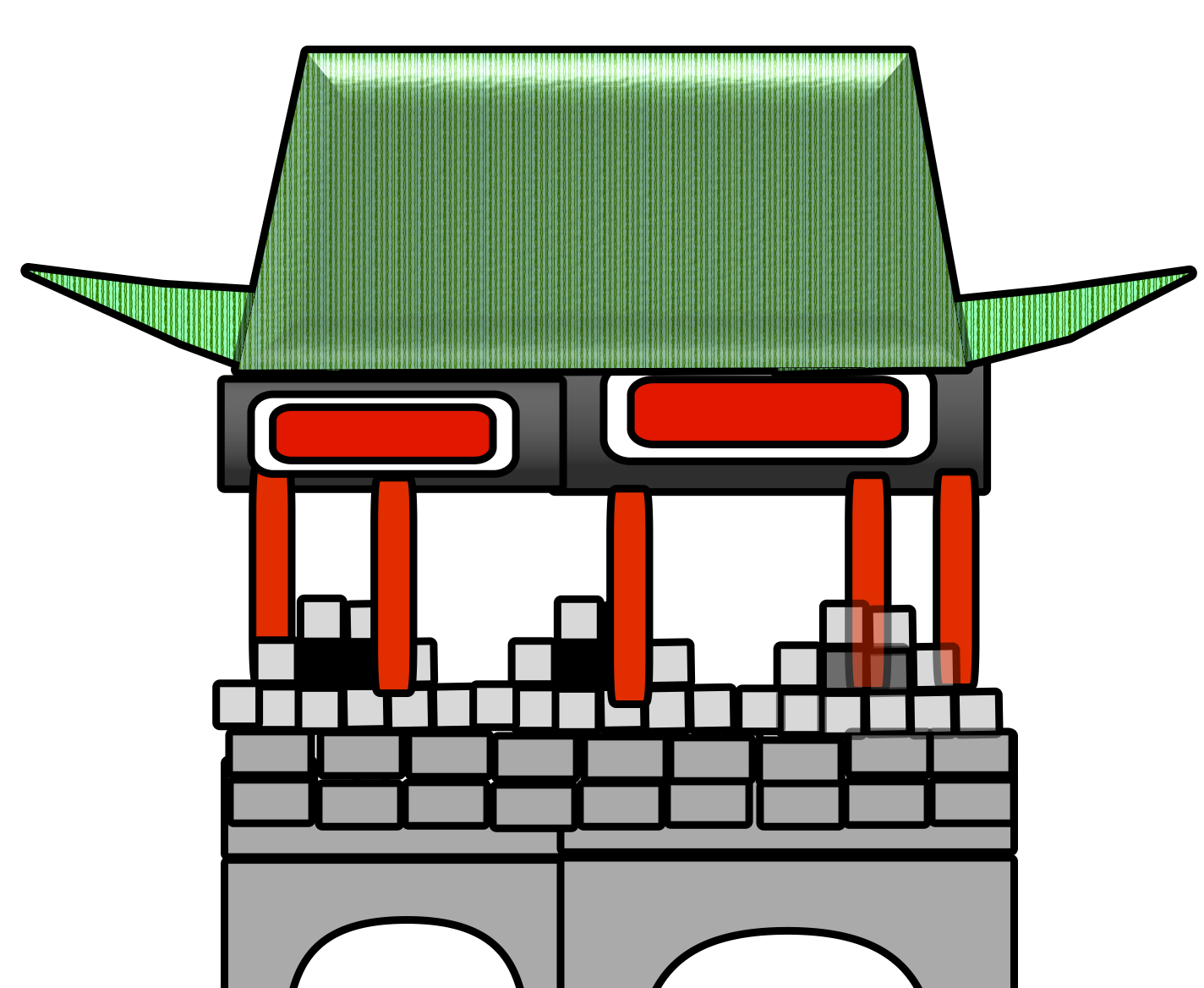The location of Yuanshan
The location of Yuanshan ~~ Taipei prefectural city
In the 1860s before, in the vicinity of Taipei, three downtown streets were developed, which were Xinzhuang, Mengjia and Dadaocheng. After the incident of Mudanshe in 1874, Qing imperial established Taipei prefectural city among Mengjia and Dadaocheng downtown streets, thereafter, Taipei city became the provincial capital of Taiwan, and administration center of whole Taiwan areas.
Taipei prefectural city was located from the east of Mengjia to the southeast of Dadaocheng, in the surrounding city walls. After the Mudanshe incident, through two petitions to Qing emperor from Shen Baozhen, the establishment of Taipei prefectural city and construction were approved.
Taipei prefectural city was built 100 years ago, the remained city walls existed are the original North gate, and rebuilt little south gate, south gate and east gate, the others were mostly demolished, except partial government office in the present botanical garden. The spectacular scenes of those years has become good memories of descendants.
In 1885, that is, the year Guangxu 11, orders was given to build Taiwan Province, and Liu Mingchuan assigned as a resident magistrate in Taipei, the political center moved to Taipei, in 1891, Taipei prefectural city changed to the provincial capital, thereafter, Taipei became the political, economic and cultural center in Taiwan.
For building Taipei prefectural city, the earliest planning was conducted by Cen Yuying, and his geomantic concept was taking the regular fixed Polaris as a basic point for references of the city constructions, such that South-north axis was established as the basis. Among the planning of Cen Yuying, since there were no mountains as supportive back, with open space in all directions, it represented an ominous sign in geomantic view, therefore, the direction of city walls were changed, such that north wall had Qixing mountain in behind as a support.
The materials used for building Taipei prefectural city are all strong exquisite materials, the walls had rectangular shape, the length of west and east wall were 412 zhang (1 zhang equals 3 1/3 meters, 1 chi equals 1/3 meters) in length, south wall was 352 zhang, north wall was 340 zhang, the height of walls was 1 zhang and 5 chi, the height of battlements was 3 chi, totally 1 zhang and 8 chi high, there was road on the wall with width of 1 zhang 2 chi, peripheral length of 1506 zhang, surrounding the exterior of walls with trenches, and fort barbettes also provided, the names of the gates were:
East gate (Zhaozheng gate, later known as Jingfu gate), originally connected with Xiko (Songshan), existing.
West gate (Baocheng gate), connected with Xingci street of Mengjia, dismantled by Japanese later on.
South gate (Lizheng gate), connected with Jingmei, Xindian, existing.
Little south gate (Chongxi gate), originally connected with Mengjia, Bajia, existing.
North gate (Chengen gate), connected with Dadaocheng, existing.
~~Taipei prefectural city gates hand drawings~~ |
||
 |
 |
 |
East gate |
West gate |
North gate |
 |
 |
|
South gate |
Little south gate |
|








